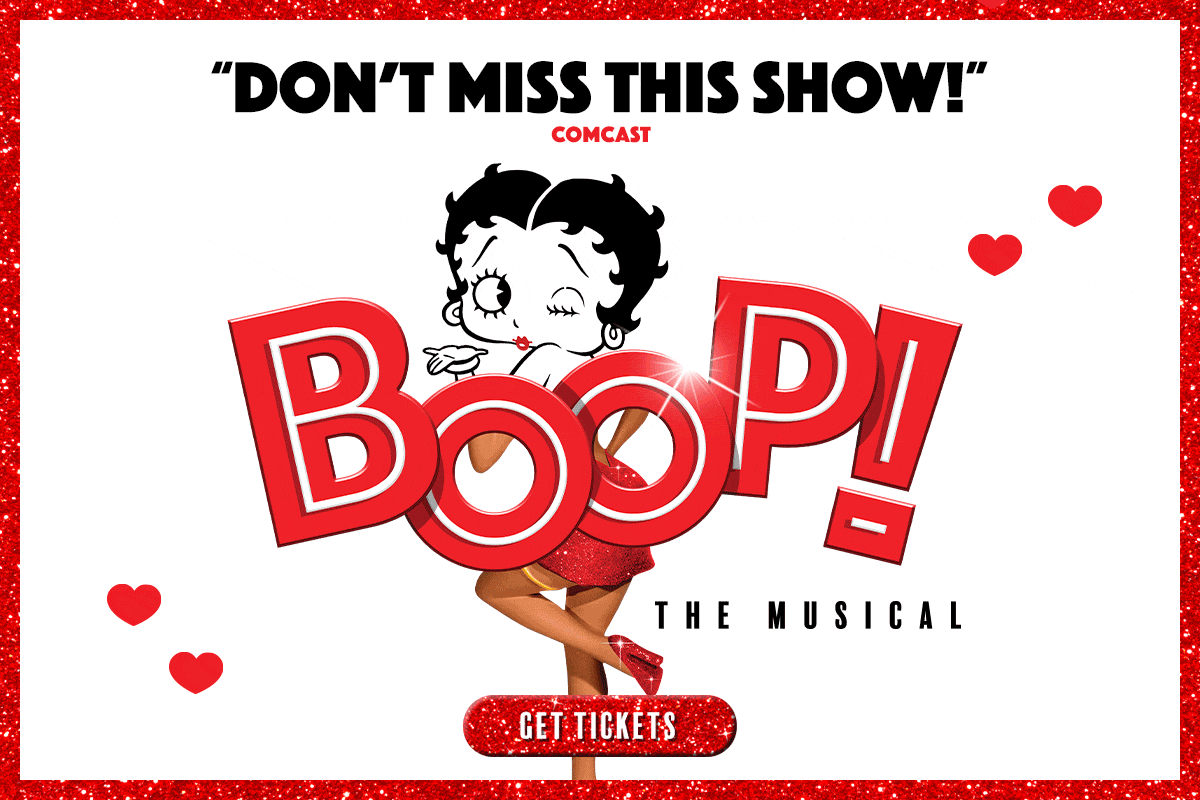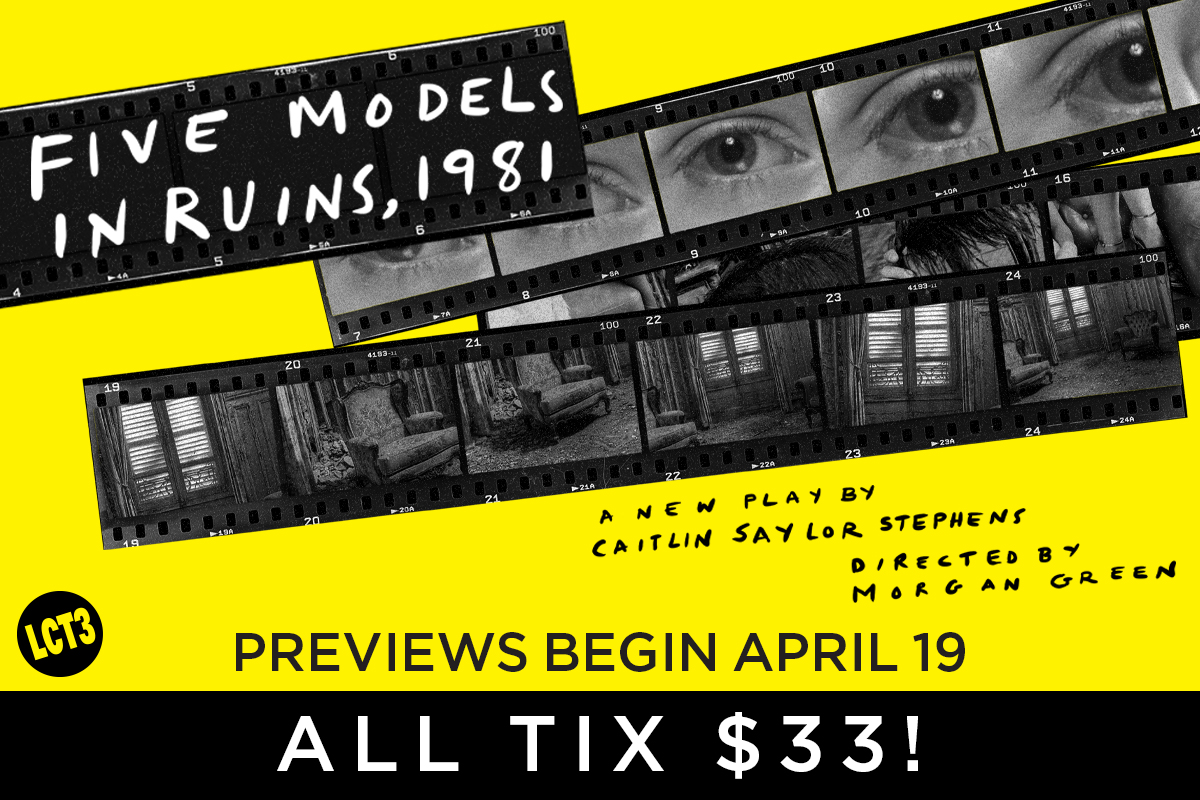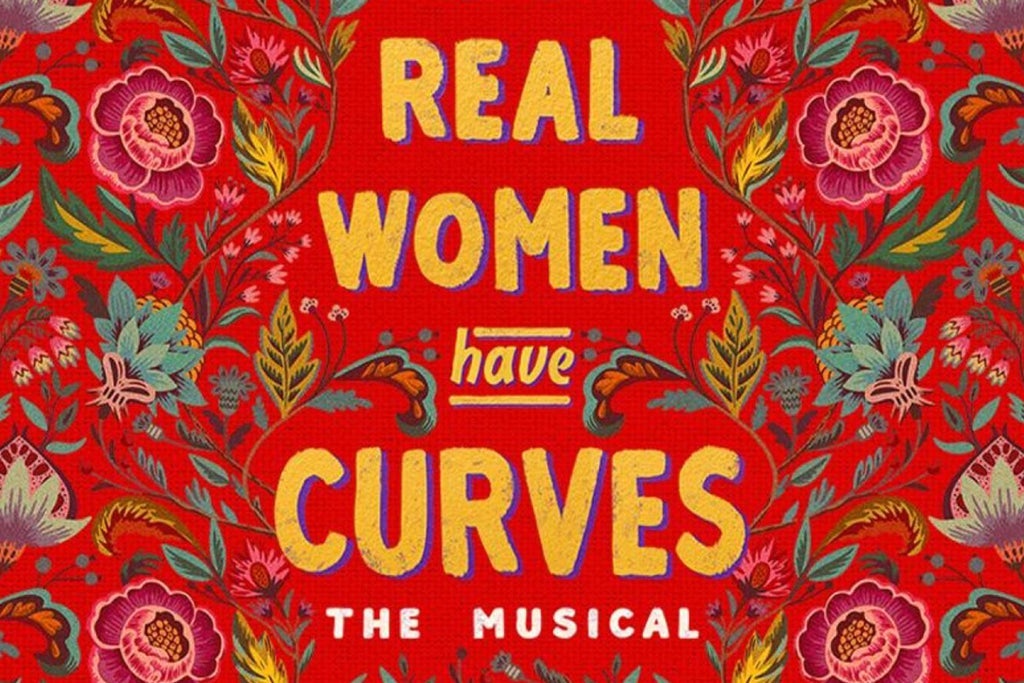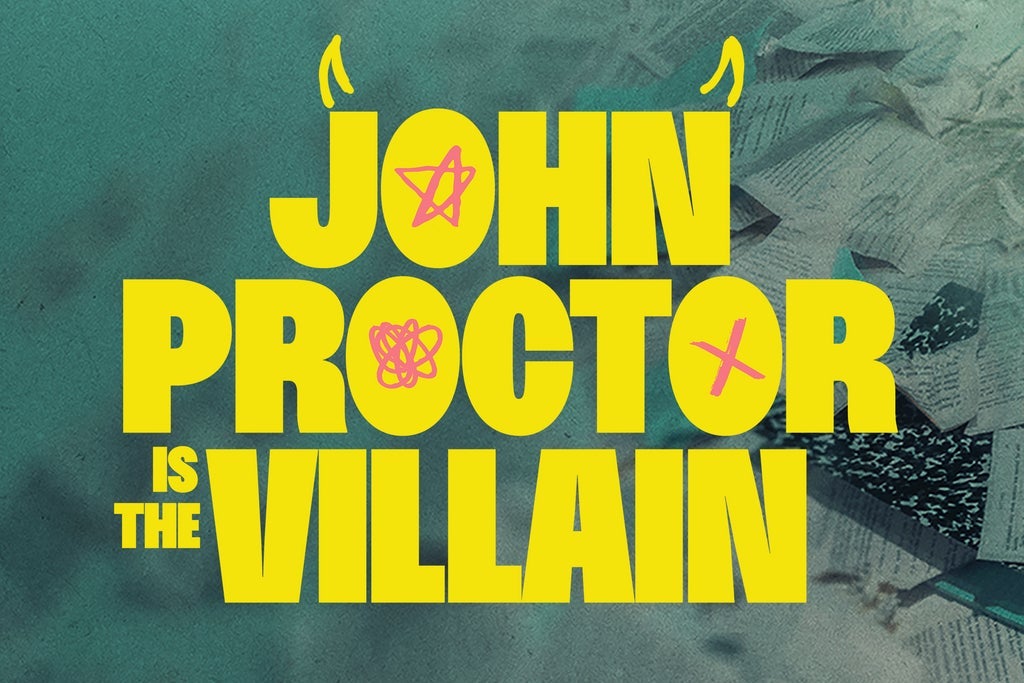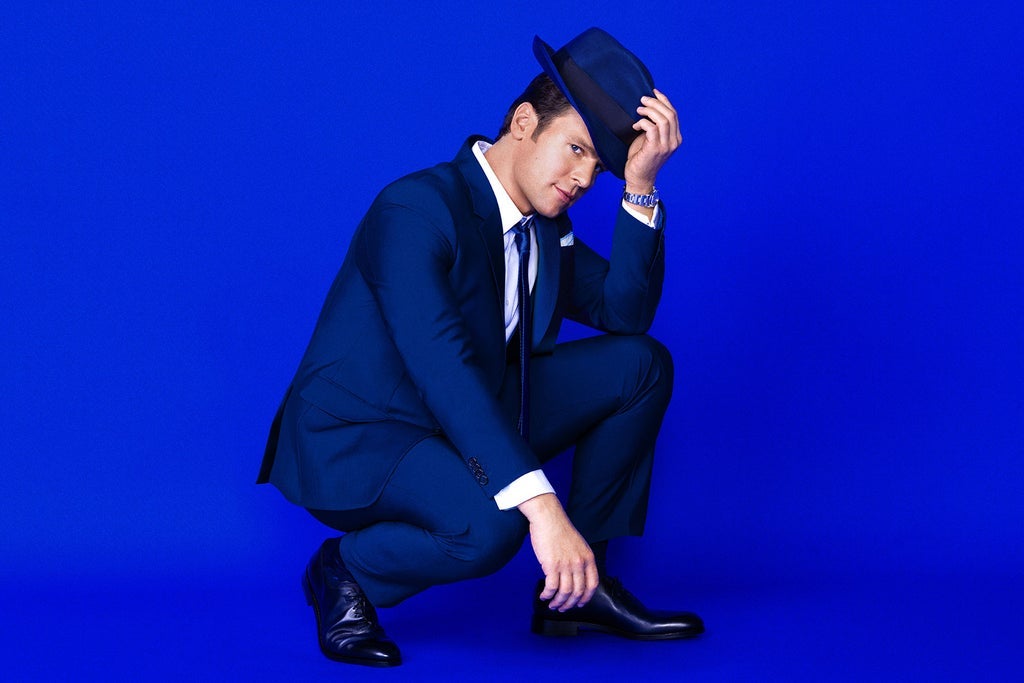But I can’t help feeling that Lloyd’s talent and that of his designers, let alone Scherzinger’s, would be better lavished on better material. Making “Sunset Boulevard” a hit again — the original Broadway production ran two-and-a-half years, grossing more than $100 million — is not so much an achievement as a stunt, like reanimating that dead chimpanzee. (Yes, it happens.) The revival is not, like “Cats: The Jellicle Ball” this summer, a completely new way of looking at a Lloyd Webber musical; it’s a completely new way of not looking at one. The waste! It makes me almost sad enough to weep a 10-foot glycerin tear.
Critics' Reviews
In ‘Sunset Boulevard,’ Nicole Scherzinger Is 23 Feet Tall
Lloyd flips those weaknesses into strengths: The songs that previously seemed like filler material are bulked out with angular, crisp dancing and now register as cris de coeur about the cruel vicissitudes of Hollywood. And the small circle of characters feels more dimensional than ever, with strong supporting turns by David Thaxton as Norma’s devoted, threatening butler and Grace Hodgett Young as the winsomely ambitious studio employee Betty Schaefer. It’s among the most remarkable aspects of Scherzinger’s performance that she creates space for Tom Francis, the appealing and gifted actor playing doomed writer Joe Gillis. (Like his three main castmates, Francis reprises the role after appearing in the West End production.) It’s through Joe’s eyes that we see Norma; he’s a broke and unemployed scribe who finds in Norma an easy mark. Together, they’re working on her comeback vehicle, one that Joe knows will go nowhere even as he gladly takes Norma’s money. As written, there’s a touch too much film-noir chill to the exchange: That Norma and Joe are mutually using one another is apparent, and somewhat thin gruel for an evening of theater.
Nicole Scherzinger is too glam for 'Sunset Blvd.' It hardly matters.
Nicole Scherzinger’s radiance as Norma Desmond in “Sunset Blvd.” is difficult to overstate. She sings “As If We Never Said Goodbye,” an aching one-sided duet with fame, with such delicacy and gut-slugging power that even Barbra Streisand, who covered it the same year the musical came to Broadway in 1994, might consider retiring the song from her repertoire.
'Sunset Boulevard' review: Nicole Scherzinger is transcendent in bold new revival
That Scherzinger’s performance is so affecting is a credit to her formidable stage presence, given that Lloyd’s muddled concept for the revival is occasionally at odds with the source material. The modern production often seems to take a condescending stance toward Norma, imagining her as a sort of washed-up reality star: Pouting her lips for the cameras, busting out viral dance moves, and slathering on a Valley Girl vocal fry as she yammers about zodiac signs. (With her neutral palette and wet-hair look, she could easily be a sixth Kardashian sister.)
A Madly Showy Sunset Blvd.As Norma Desmond, Nicole Scherzinger is gargantuan and almost feral.
Scherzinger’s ravenous performance provides a great part of the adrenaline, but the show is also jolted into new life by the collision of the spartan Lloydiverse with all the plush and purple of Lloyd Webber’s score. Chu described the composer as, in the ’80s, mounting a kind of maximalist coup on musical theater in the name of the operatic notion of primo la musica: “Nothing—neither plot nor character, not social issues, not even good taste—would be more important,” she wrote about his shows, “than what happened when that invisible beam of music shot across the darkened theater into their souls.” Productions of Lloyd Webber’s aspirations to Puccini have long tended to put a hat on a hat. The music throbs and flourishes; so does the stage, loaded up with gondolas and chandeliers, fog and fashion and fur and roller-skates. Lloyd, true to form, runs the other way. He and his collaborators, the set and costumes designer Soutra Gilmour, and the lighting designer Jack Knowles and video designers Nathan Amzi and Joe Ransom, craft a spare, echoing dungeon, girded by towers of LEDs. (This kind of seeming minimalism is its own circus trick, costing as it does millions of dollars.) Inside Gilmour’s vast, deceptively empty box, Knowles, Amzi, and Ransom’s incredible work is, in and of itself, a liquid, high-octane form of scenery. They’ve kept little but the fog.
‘Sunset Boulevard’ review: Nicole Scherzinger stuns in scorching, brilliant Broadway revival
The entire production leaves you breathless. We’re transfixed from the moment the giant video screen — this staging’s chandelier — descends from the rafters bearing the image of actor Tom Francis’ dangerous eyes as struggling screenwriter Joe Gillis drives toward his doom.
Lloyd’s revival proves we don’t need a live rendering of Norma Desmond’s gaudy wardrobe, or a large spiral staircase for her to traipse down. He gives us all the pieces to make new meaning of Webber’s classic musical, and asks us to take up the challenge. As Sunset’s aspiring screenwriter Betty Schafer (Grace Hodgett Young) sings directly to the house, breaking the fourth wall, “Audiences are smarter, smarter than you think.”
Review: Nicole Scherzinger is devastating in a sultry new ‘Sunset Blvd.’ on Broadway
None of Lloyd’s hipster ideas to make extensive use of live video feeds and have his charming and judiciously understated male lead, Tom Francis, start the top of Act 2 while walking down 44th Street and singing live among the tourists into a camera would have worked without a Norma who could deliver Lloyd Webber’s best score. “Deliver” doesn’t do Scherzinger’s performance justice. Her lower register roars through the power ballads “With One Look,” and “As if We Never Said Goodbye,” both of which are immaculately sung and clearly the result of a level of detailed lyrical and physical preparation that you don’t see much with this kind of fearlessness. Both marquee numbers received long, show-stopping ovations at the performance I saw, and not just from fans of the Pussycat Dolls. Scherzinger is fantastic.
Review: Andrew Lloyd Webber’s ‘Sunset Boulevard’ Ready For Its UHD 4K Close-Up
All that luscious black-and-white video, the backstage winks, the fuck-you deadpan in fuck-me boots—it’s fun. I never expected to have fun at an Andrew Lloyd Webber musical. (Even this summer’s queer ballroom makeover of Cats was, well, Cats.) Lloyd’s camp yet surgical staging fuses form and content: it’s the resurrection of a faded (kitsch) icon, a critique of the invasive camera, a cosplay of the BDSM rituals of celebrity and fandom. Just as Scherzinger inhabits Norma within giant neon quotation marks, the whole production seems to admit the overall musical is trash. What happens if you dress up trash as art and stick a camera in its face? Twenty feet high, those faces—coldly sensual graven images—demand your abject worship. It’s a thin line (movie-screen thin) between glamour and horror. “We gave the world new ways to dream,” an enraptured Norma sings. Lloyd finds new ways to give us nightmares; who wants to wake?
Thus described, Lloyd’s approach may sound academic—but in practice, it is often thrilling. The original production was famous for the lavish excess of its set and costumes. Here, by contrast, designer Soutra Gilmour’s set is mostly blank space, and she costumes most of the cast in basic black and white streetwear, sometimes with athletic socks pulled high. (When the ensemble performs Fabian Aloise’s sharp choreography, it looks a bit like an updated Gap ad.) Even Norma wears just a satiny black slip. This is Sunset, stripped. But you don’t miss the frills: Jack Knowles’s excellent lighting—and the video design by Nathan Amzi and Joe Ransom—fill out the scenes with ample film-noir atmospherics and help Lloyd shape the staging for maximum narrative and emotional impact. Not for nothing has the title been tightened to Sunset Blvd.
‘Sunset Boulevard’ revival with Nicole Scherzinger a surreal, sensory spectacle
The production rides on heavy sensory overload, with intense lighting (which is used to depict location rather than scenery or props), live filming and video projections (with tons of extreme close-ups), smoke and fog effects, monochromatic design, stylized ensemble movement (at one point, the chorus members break into convulsions), and other melodramatic and self-aware gestures. The sound quality of the orchestra is also top-notch, allowing the mostly sung-through score to contribute to the outsized experience.
Overall, Ms. Scherzinger doesn’t suffer for the scrutiny. Her performance is one of remarkable, and at times ludicrous, intensity. This Norma is forever mugging for the camera, scrunching up her face or tossing her hair; I found her antics — surely encouraged, or at least approved, by Mr. Lloyd — a little excessive, though many in the audience ate them up during the preview I attended.
‘Sunset Blvd.’ Broadway Review: Nicole Scherzinger Evokes Sally Bowles and Carrie White
For me, the big surprise of this “Sunset Blvd.” is Scherzinger’s outrageously campy over-the-top performance. Like so much of this revival, it is both minimal and excessive. Her look is minimal while her acting goes way beyond anything delivered by either Swanson or Close, neither of whom offered particularly subtle studies in mature womanhood.
‘Sunset Blvd.’ Review: Nicole Scherzinger Steals Broadway With One Look
All that madness in Gloria Swanson’s eyes at the end of Billy Wilder’s 1950 masterpiece Sunset Boulevard is amplified to breathtaking lengths in Jamie Lloyd‘s commanding and gorgeous renovation of Andrew Lloyd Webber’s 1993 musical Sunset Blvd. With a career-expanding performance that redefines the one-time Dancing With The Stars competitor Nicole Scherzinger as thoroughly as Lloyd’s staging does Lloyd Webber’s musical, the revival opening tonight at Broadway‘s St. James Theatre is a stunner, stark always, funny sometimes and ultimately terrifying.
Scherzinger’s roof-raising vocal power, especially on the musical’s signature songs, “With One Look” and “As If We Never Said Goodbye,” is astonishing, literally stopping the show with her soaring money notes and dramatic key changes. She’s the rare Norma who has the supple dance moves, too. Her command is never in doubt, and Lloyd provides unimpeded access to her every emotion by frequently giving Norma what she craves most — a camera and a closeup.
'Sunset Boulevard' review — Nicole Scherzinger blazes in her Broadway debut
Scherzinger, in bare feet and a black slip, could use a shade more vulnerability as past-her-prime Norma. But she shows off powerhouse pipes in the show's best songs, her crowd-rousing solos “With One Look” and “As If We Never Said Goodbye.” Scherzinger makes the most of the show’s in-your-face camera concept. She mugs, flashes her expressive eyes, whips her hair, and breaks into a Valley Girl vocal fry. The camera loves her. That’s the point. Lloyd’s ingenious reimagining puts Norma where she’d kill to be — on screen.
Sunset Blvd.: Take a Walk on the Stylized Side
All of that said, the evening is certainly not boring. You can’t take your eyes off Scherzinger, miscast as she is, even if her performance at times makes kabuki theater look subtle. She plays nearly every scene like Swanson’s climactic “I’m ready for my close-up” moment in the film, and though the overall effect ultimately proves exhausting (for both performer and audience) she’s hypnotic from first moment to last. And she sings the hell out of the two showstoppers “With One Look” and “As If We Never Said Goodbye,” even with their tempos slowed down to a dirge.
Sunset Blvd.: Nicole Scherzinger Is Norma Desmond in Glorious Black-and-White
The result—which gloriously stars Nicole Scherzinger as fading silent-screen idol Norma Desmond—is unique. In my view, nothing quite like it has ever previously been seen on a Broadway stage or, recently, a West End stage. And whether that’s unadulterated praise remains a question. The immediate answer is weighted toward the positive, since this time waving his revival wand, Lloyd is not merely reducing the film and the musical to its basics but is after a larger point about making black-and-white films.
Theater ‘Sunset Boulevard’: Nicole Scherzinger shines and the pictures get big – very big
From the moment Nicole Sherzinger strides across the stage of the St. James Theatre in Jamie Llloyd’s magnetically cinematic revival of Sunset Boulevard, she seems to own the place as well as the role of Norma Desmond, the silent movie star who’s been consigned to the scrap heap of Hollywood in the late ’40s despite only crossing the threshold of 40. It’s as if she never said hello, or needed to. The delicate and slender former lead vocalist of the ’90s all-female pop ensemble the Pussycat Dolls looks as if she might easily be blown away as she stands barefoot in a black slip of a dress — at least until she plants herself downstage center and launches into one of Andrew Lloyd Webber’s signature solos with all the command of an artist who knows how to modulate between barely whispered low notes, an ethereal head voice, and a powerful belt that threatens to turn the St. James into an open-air amphitheater.
And these two stars do, to quote the script, have faces. And voices. And presence. A singer of phenomenal power and range, Scherzinger hits and holds the notes written by Andrew Lloyd Webber in a way that can induce gasps (not to mention two mid-show standing ovations at my performance). Better yet, she also brings an incredible intentionality to the song’s lyrics (by Christopher Hampton and Don Black) as if she’s thought for years about the meaning of every single word that comes out of her mouth, especially in her showstoppers “With One Look” and “As If We Never Said Goodbye.”
But the video stuff and Nicole Scherzinger's ferocious singing make this incarnation of Sunset Boulevard little more than a high-concept version of smoke and mirrors. (The smoke is obvious, the "mirrors" are provided by Hannah Yun Chamberlain, who silently dances as "Young Norma," reflecting Norma's locked-in image of herself at the height of her fame). Choreographer Fabian Aloise layers in an interestingly varied range of dance moves for the ensemble to perform, becoming more frenetic as the overall tone descends into madness.


